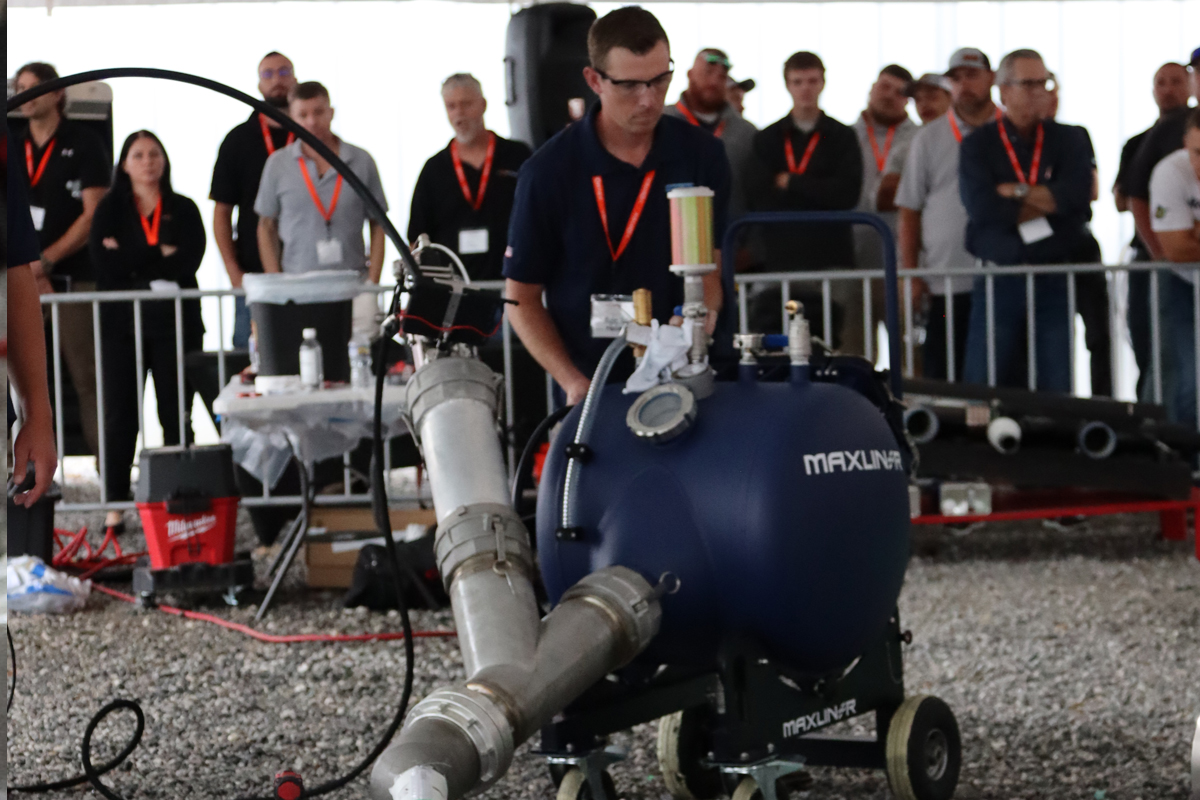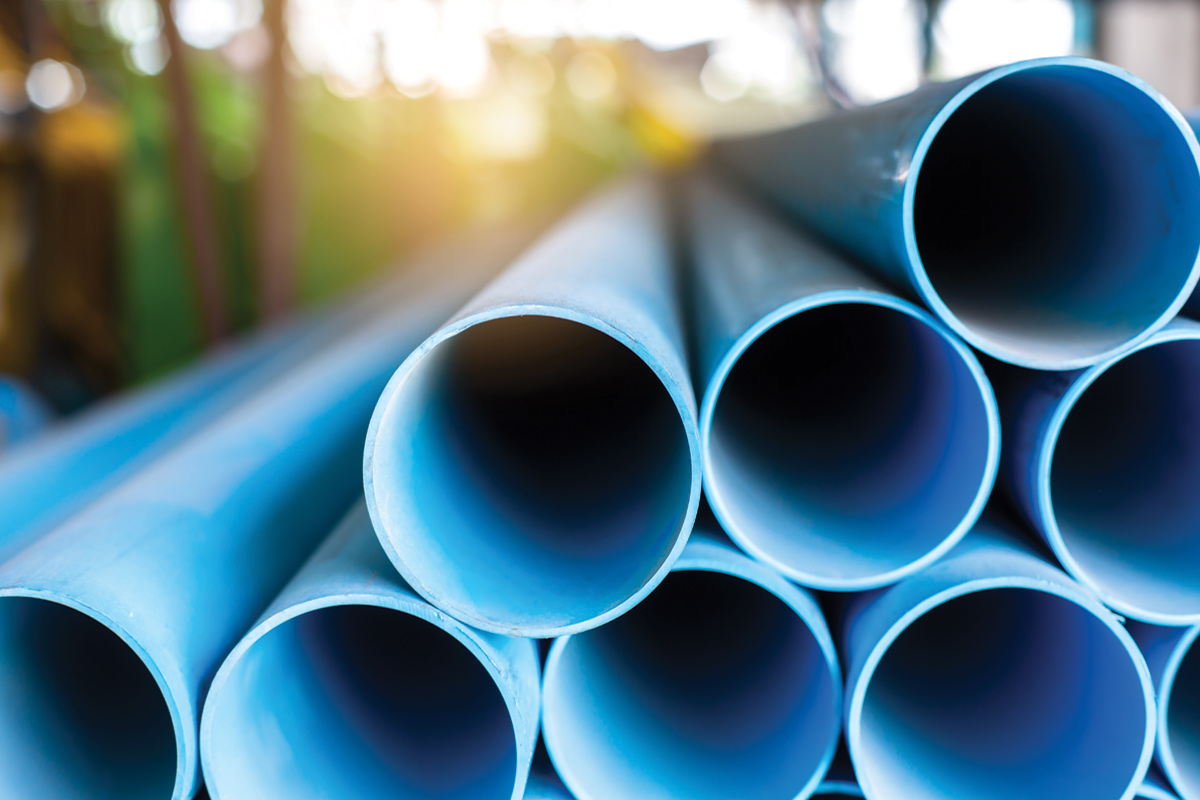
Advanced Condition Assessment for Small Diameter Asbestos Cement Pipes
Asbestos cement was a popular material choice for new water, storm and wastewater pipes installed in North America between the 1940s and 1960s. Hundreds of thousands of kilometers of asbestos cement (AC) pipes across North America are reaching the end of their 50-year useful lives and will need to be rehabilitated or replaced soon.
More than 900,000 km of AC pipe was laid in Canadian and U.S. municipalities during that 30-year period. With such a large volume of pipe, accurately quantifying their condition will be critical for owners and asset managers. Waiting for catastrophic failure is neither a desirable nor economical choice, while replacing pipes too early is an inefficient use of often limited resources.
RELATED: Water Relining: Rehabbing a 10-Km Asbestos Cement Trunk Water Main in Spain
AC pipes are vulnerable to deterioration by sulphate, acidic, and microbiological attack, as well as potentially suffering deterioration from corrosive groundwater. Studies have shown that the failure rate for AC pipes increases dramatically with age. The presence of aggressive soils is a major factor in predicting failures in AC pipes. In pipes that have suffered deterioration due to corrosive groundwater, the damage cannot be seen from CCTV inspection. More comprehensive inspection methods are necessary. The Asbestos Cement Pipe Scanner (ACPS) was developed to address this challenge head on.
The ACPS is a remotely operated robot that brings pipe penetrating radar (PPR) to small-diameter water and wastewater mains. PPR is a non-destructive testing method that provides complete condition assessment for non-ferrous (asbestos cement, reinforced concrete, HDPE, etc.) water, storm and wastewater pipes. It uses high-frequency radar antennae, deployed inside the pipe, to measure remaining wall thickness and reinforcement coverage. Additionally, PPR can detect and measure the extent of voids developing in the soil outside the pipe.
The SewerVUE Surveyor, the first PPR enabled pipe inspection robot was designed for pipes of 525 mm and larger and has been in service since 2010. Manned entry either in dewatered pipes or with diver assistance is a viable option for inspecting pipes 1,500 mm and larger. The ACPS adapts the technology for smaller mains.
PPR surveying involves moving one or two radar antennae along the interior of the target pipe, collecting wall thickness measurements along longitudinal lines at predetermined clock positions. A typical PPR survey includes line scans at four different clock positions. The selection of these positions depends on the class of pipe and the concerns of the owner. For example, scans along the upper half (9-3 o’clock) are common in concrete pipes, while scans along the invert are more commonly selected for AC pipes. The ACPS features a miniaturized PPR system, and is designed to inspect pipes in the 250- to 400-mm range. Though it can be used to inspect pipes made of any non-ferrous material, the ACPS was designed with AC pipes in mind.
RELATED: Pipe Penetrating Radar Technology Takes a Test Drive in Denver

The crew lowers the Asbestos Cement Pipe Scanner (ACPS) down the manhole to inspect the Harbourgreene line in Surrey, British Columbia.
One of the first projects for the ACPS was the condition assessment of the Harbourgreene line in Surrey, British Columbia. The Harbourgreene line is a 250 mm AC wastewater main that was installed in 1972. The line had been inspected regularly using CCTV, but the City of Surrey partnered with SewerVUE Technology to conduct a PPR survey of the line, in order to obtain structural condition information. Though the pipe had no known corrosion issues, the inspection would serve as a baseline against which future PPR surveys could be compared.
The scope of the initial inspection was limited to a few short runs. The collected data were of excellent quality. Wall thickness in the line was measured to be 45 mm, and relatively uniform throughout. No structural issues were observed inside the Harbourgreene Line based on the PPR and visual data from this inspection.
RELATED: Education and Data Are Key to Overcoming Regulatory Hurdles to AC Pipe Replacement Projects
In five to 10 years, the line will be inspected with PPR again and the wall thickness measurements from future inspections will be compared against those from the initial survey. Because PPR provides millimeter accuracy in its wall thickness measurements, results from different years can be compared against each other to create an accurate degradation curve. Building predictive models in this manner allows for more refined maintenance timing, allowing system owners to get the most out of their pipes’ service life without the risk of unexpected pipe failure.
Based on the results of the Harbourgreene Inspection, the City of Surrey is partnering with SewerVUE on a larger-scale pilot project that will see over 1.4 km of 250 mm AC pipes inspected using the ACPS. Future plans will include 300 and 375 mm pipes as well. The results of these projects will give the City detailed information on the structural condition of key wastewater mains, and allow for more efficient cost allocation of rehabilitation and replacement funds going forward.
Csaba Ekes, Ph.D., P.Geo., is president of SewerVUE.




